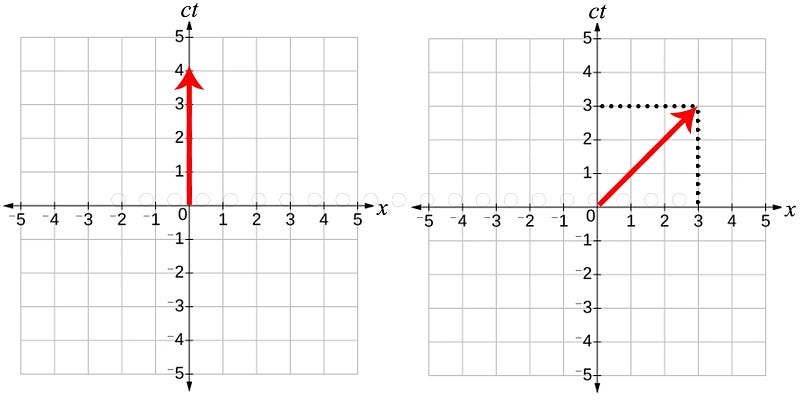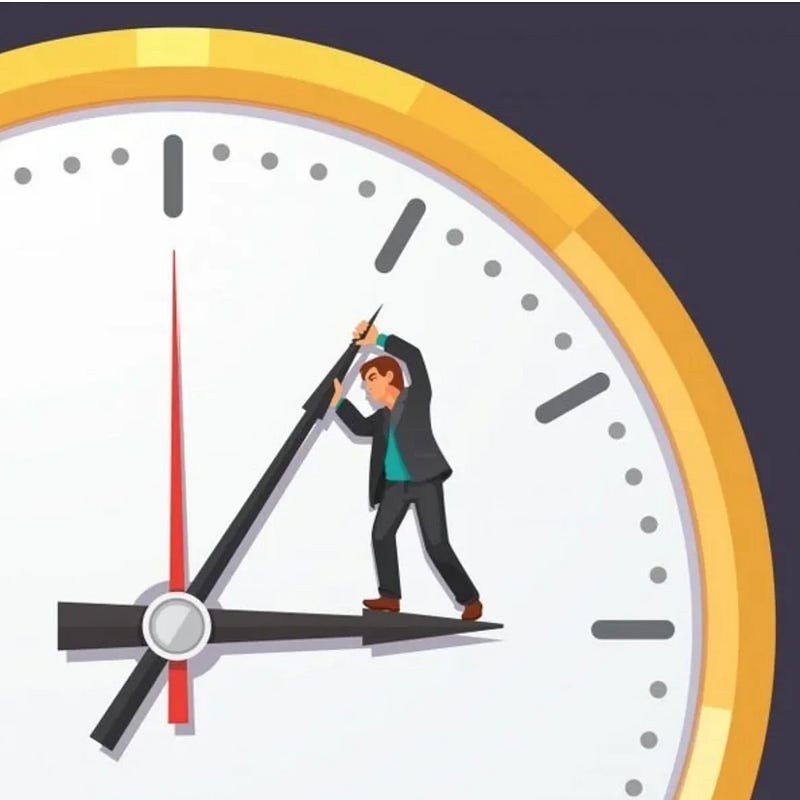Understanding the Concept of Time Manipulation in Physics
Written on
The Nature of Time
At first glance, one might instinctively say that halting time is impossible. However, this response lacks nuance. If we define stopping time in the way it is often depicted in films—where time freezes for everyone except the main character—then such a scenario is purely fictional.

In certain situations, a person's experience of time can alter; for instance, during moments of peril or when influenced by specific medications. Nonetheless, these instances don't signify an actual cessation of time but rather a shift in subjective perception.
Slowing Down Time: A Relativity Perspective
According to the theory of relativity, time is treated as a dimension akin to space. When an object travels at speeds approaching the speed of light, time for that object appears to decelerate. It's crucial to note that this effect is perceived only by an external observer. Within the reference frame of the moving object, time continues normally. However, upon returning home, the travelers will observe that significantly more time has elapsed for those who remained on Earth.

Source: physicsforme.com
To illustrate this concept simply: when stationary in space, we advance through time at the speed of light. If we begin to move through space, our progression through time slows down; the faster we travel through space, the slower our time progression becomes.

The red arrow represents our trajectory through space-time. The x-axis denotes spatial movement, while ct indicates temporal movement. If there is no spatial movement, our time progression along the ct axis is maximized. When we move spatially, it decreases.
This analogy serves as a rough foundation for understanding the relationship between space and time. One might wonder: what happens if we accelerate through space to the point where the arrow is entirely on the x-axis? Wouldn't that imply no time progression?
Theoretically, yes. However, practically achieving a state where movement is confined to spatial coordinates with no time progression requires traveling at the speed of light.

Source: freepik.com
For any object with mass, reaching light speed remains unattainable. To accelerate any massive object to this speed would demand an amount of energy exceeding that available in the universe, and even then, it wouldn't suffice. In contrast, massless particles like photons exist outside of time.
Read also: Why does time only move forward?
Consequently, halting time is fundamentally impossible. While it may appear to slow from an external observer's standpoint, it cannot be stopped entirely. Unless, of course, one were to become a photon.
The first video titled "How To Adjust The Speed Of A YouTube Video" explains various methods to modify playback speed, enhancing your viewing experience.
The second video, "YouTube: How To Change Playback Speed," provides a comprehensive guide on adjusting video speed settings to suit your preferences.
Clap if you'd like to see more articles about space in your feed!
Subscribe to our channel and feel free to pose your questions, which I will address in upcoming articles.